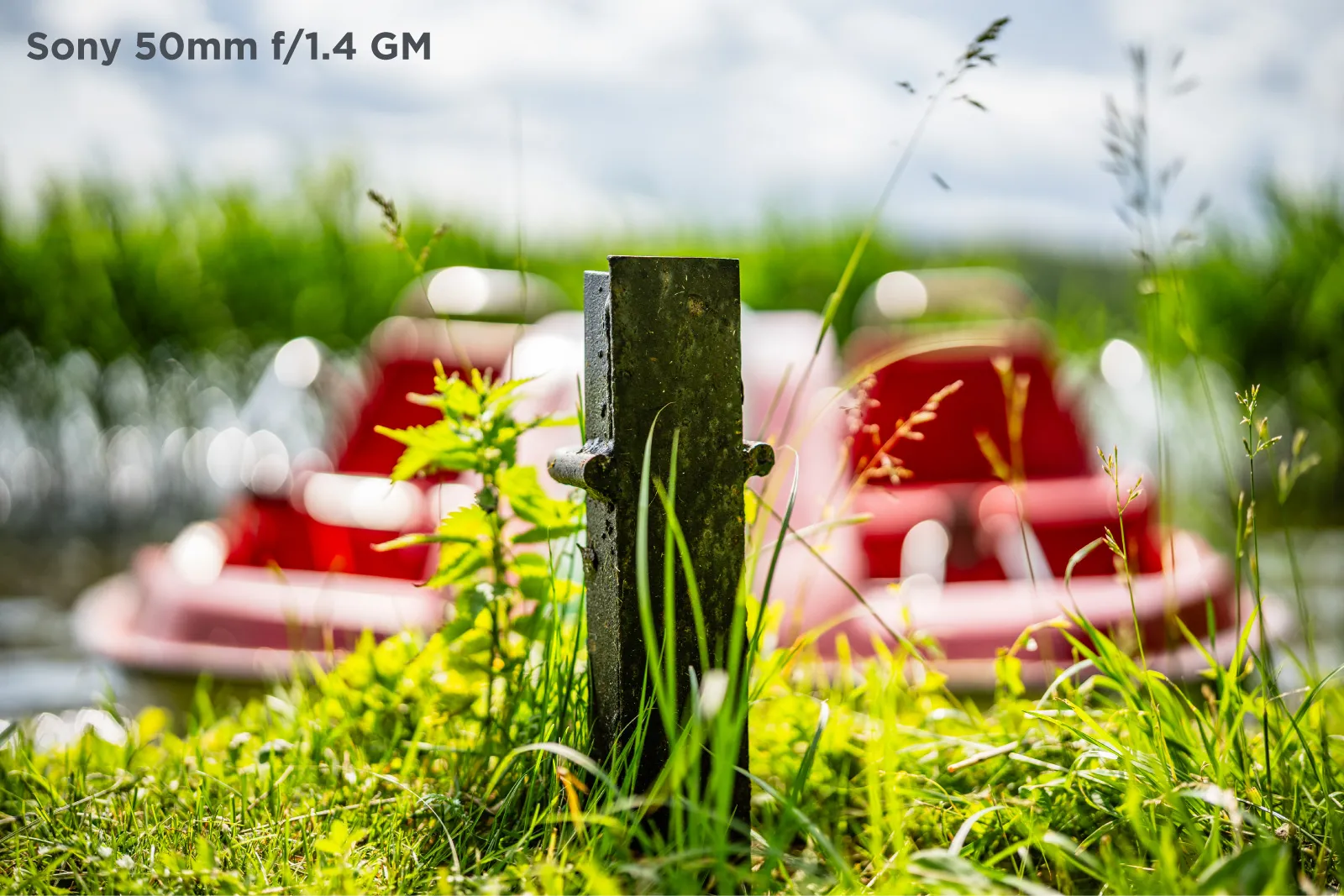Premium vs. Budget - Viltrox vs. Sony GM - Landmark Lens Comparison
 Lukas
Zmejevskis
Lukas
Zmejevskis
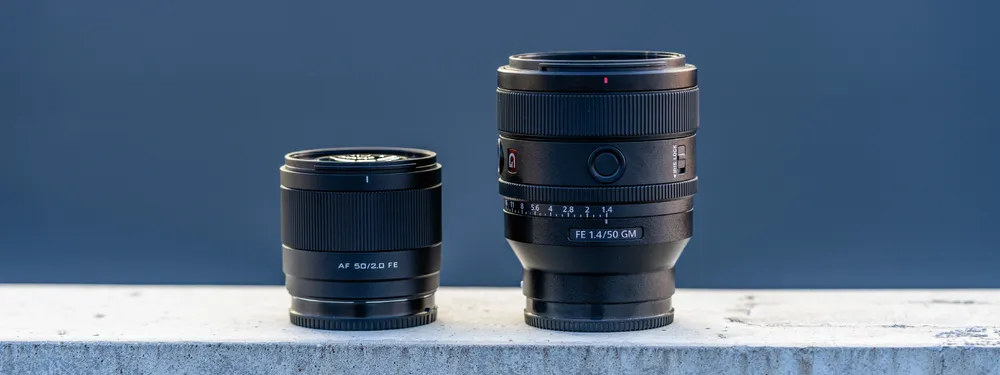
The professional photography product and service market is shifting towards a more segregated affair. Smartphones nowadays take great quality photos and sometimes even simulate looks and results one can get with a dedicated camera—for a vast majority of people, that is quite enough. Thus, professional photography has to be distinguished by creativity and results obtained from cameras and lenses that clearly can provide technically better photos than any phone. As a photographer, I should get the best camera gear or not bother at all. But what does it mean to get the best? When do we cross the line of professionalism?
Theoretical Differences
Contrary to my own introduction in this article, I am pondering about the next stage of photography, where professional results are becoming much more attainable due to technological progress. This is evident the most when it comes to optics—or, more specifically, basic camera lenses. By saying basic, I mean focal lengths and zoom ranges that are not extreme, APS-C to full-frame lens coverage (so not exotic medium format), not special designs—just the fundamental lens things.
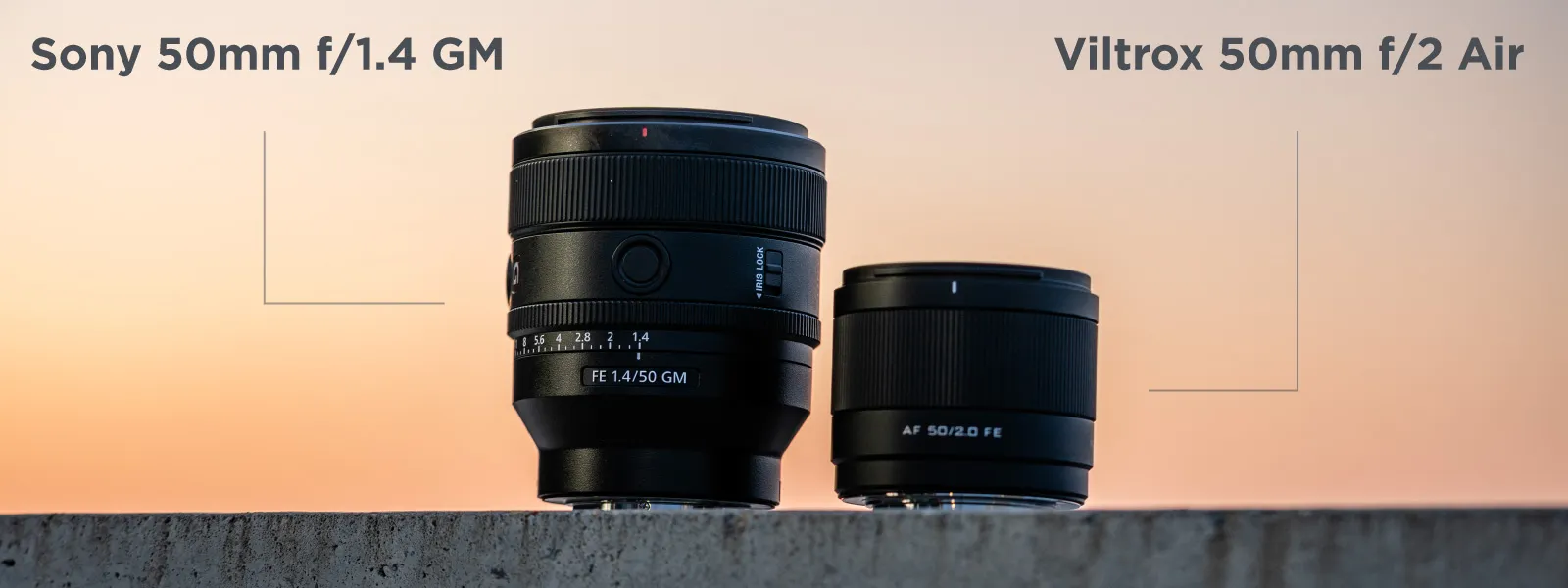 I will illustrate my point using two such lenses, which differ vastly in price but are similar products in practice. These are two mirrorless prime lenses of 50-millimeter focal length. This focal length is considered "standard" because it provides a perspective (not a field of view) similar to that of a human eye. I am a Sony full-frame shooter, and these are the lenses I am comparing:
I will illustrate my point using two such lenses, which differ vastly in price but are similar products in practice. These are two mirrorless prime lenses of 50-millimeter focal length. This focal length is considered "standard" because it provides a perspective (not a field of view) similar to that of a human eye. I am a Sony full-frame shooter, and these are the lenses I am comparing:
-
Sony 50mm f/1.4 GM lens—a first-party lens, top of the line yet relatively affordable due to its being a very "standard" lens. As a G Master lens, it has all the standard features Sony puts in this line while being reasonably sized and having excellent image quality. You get this lens when you want the best for your Sony system or are a professional photographer.
The lowest list price at the time of writing is 1300 euros. -
Viltrox 50mm f/2 Air lens – a Chinese third-party lens made for Sony full-frame cameras. It has the same focal length but, as the name implies—a slightly darker aperture than the G Master. The lens has no buttons or dials but features a modern autofocus system.
List price: 230 euros.
They are two very similar products, but there is a vast price difference. G Masters are designed by Sony of Japan and manufactured in Thailand. Viltrox is a Chinese company. Both products are readily available worldwide.
 Practical Use Differences
Practical Use Differences
Lens reviewers discuss two main categories: lens use experience and optical quality. Lens use experience is a highly subjective matter. These are my thoughts regarding these lenses, but they generally apply to similar comparisons between first-party or premium third-party lenses and more affordable back-to-basics options. Just do not think that all Chinese-manufactured lenses are affordable or budget-oriented. Viltrox themselves make fully-featured premium lenses that compete with the best.
-
The Sony lens has a manual-auto focus switch, two pieces of a programmable lens button, an aperture lock button, an aperture click-declick button, an aperture ring, a lockable lens hood with rubber padding—the whole shebang. The Viltrox Air lens has none of this, just a fly-by-wire manual focus ring and a basic hood.
-
The Viltrox lens is much smaller and lighter, which is always a good thing. Also, the plastic may be considered lesser than that of the G Master, but it still feels solid and well-made.
-
Viltrox has a USB-C port for firmware updates on the lens mount, which is convenient.
These differences, or the subjective "lens feel in the hand," are trivial to me. Many lens reviewers tend to overvalue physical features on a lens, so I would question the amount of premium I could pay for physical improvement when all else is equal. Both lenses look good, too.
The most important physical feature of a lens is its weather sealing. Here, we have a definitive advantage and probably the most significant selling point of the expensive GM lens. Viltrox does not claim the lens is resistant to anything—probably for a reason. Even if the build quality is great and manufacturing tolerances are excellent, the little Viltrox lens would not stand close to what the GM could resist regarding water splashes, dust, sand, and other environmental lens enemies.
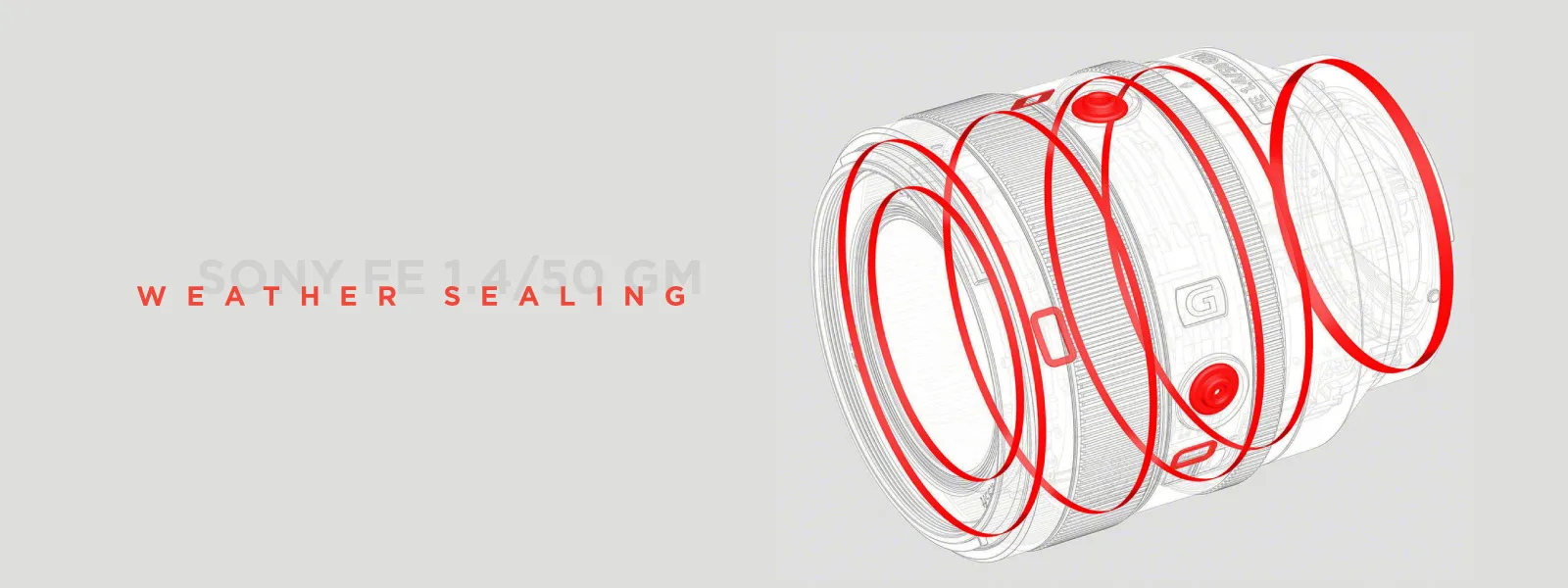 Additional Differences
Additional Differences
The Sony GM lens has a better magnification ratio, which means it can focus closer than the Viltrox, which is always a plus. And we know it retains good image quality at close focus. This is one clear win for the expensive optic.
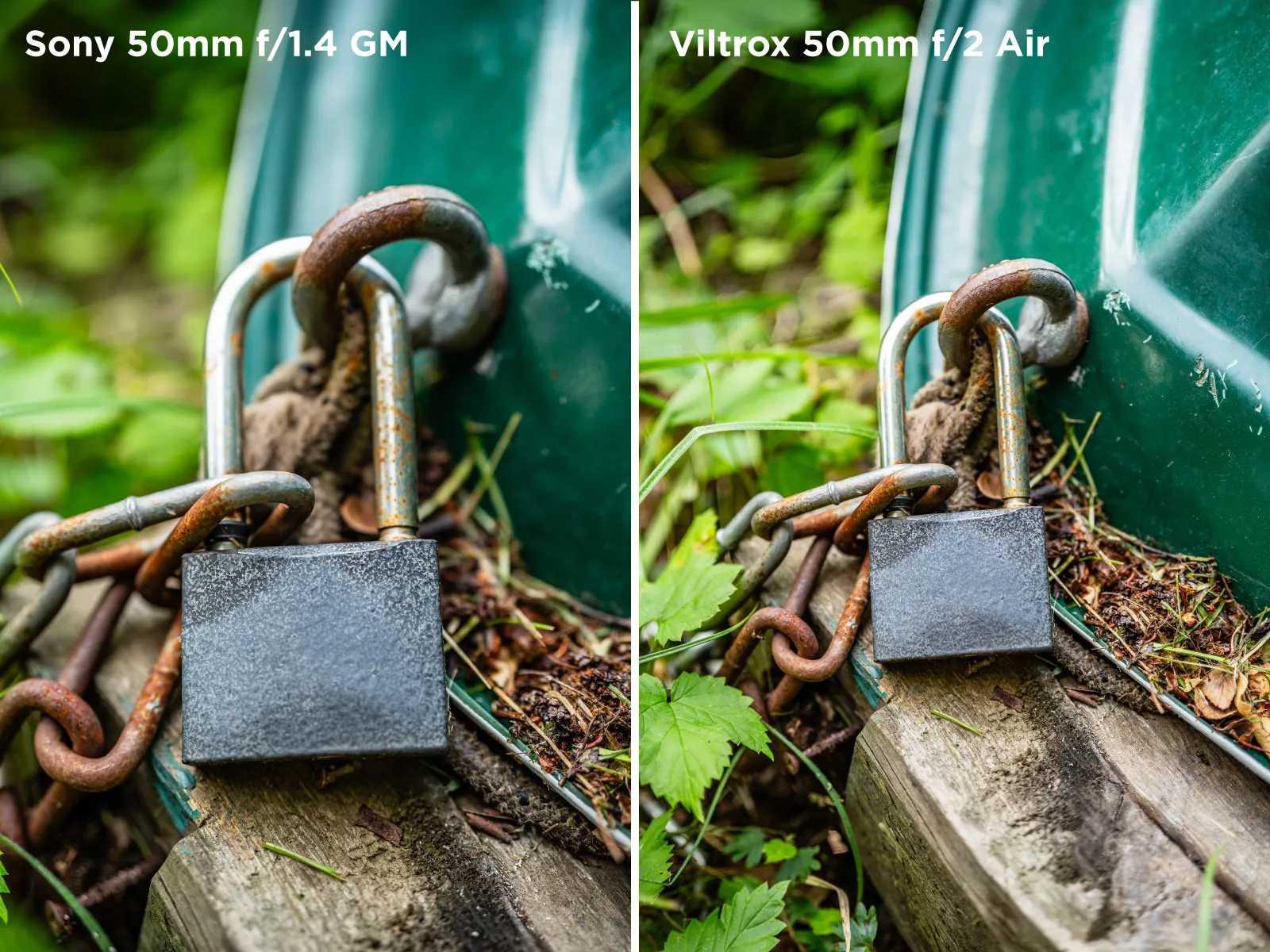 And there's always the eternal "rendering" debate among photographers. It is an entirely subjective matter of how a lens "renders" the image. Is it the bokeh, 3D pop, vignetting, or a combination of several different optical qualities that amalgamate into the final image? It is hard to quantify, and if one prefers one "look" over another, that is understandable. I will not discuss that here too much, but I do not see anything wrong with either lens's overall rendering.
And there's always the eternal "rendering" debate among photographers. It is an entirely subjective matter of how a lens "renders" the image. Is it the bokeh, 3D pop, vignetting, or a combination of several different optical qualities that amalgamate into the final image? It is hard to quantify, and if one prefers one "look" over another, that is understandable. I will not discuss that here too much, but I do not see anything wrong with either lens's overall rendering.
Image Quality Comparison
When it comes to image quality, we can be a whole lot less subjective and just evaluate easily visible results from examples. However, depending on how you look at it, I think I might have chosen the worst—or the best—comparison example for this case.
 This 230 euro Viltrox lens is optically incredible. It is just as sharp or even sharper than the GM, and the only downside is the quite heavy vignetting when shot wide open. This happens because the lens is so small, and the optical elements are minuscule. But vignetting, in general, is easily corrected and sometimes even desirable.
This 230 euro Viltrox lens is optically incredible. It is just as sharp or even sharper than the GM, and the only downside is the quite heavy vignetting when shot wide open. This happens because the lens is so small, and the optical elements are minuscule. But vignetting, in general, is easily corrected and sometimes even desirable.
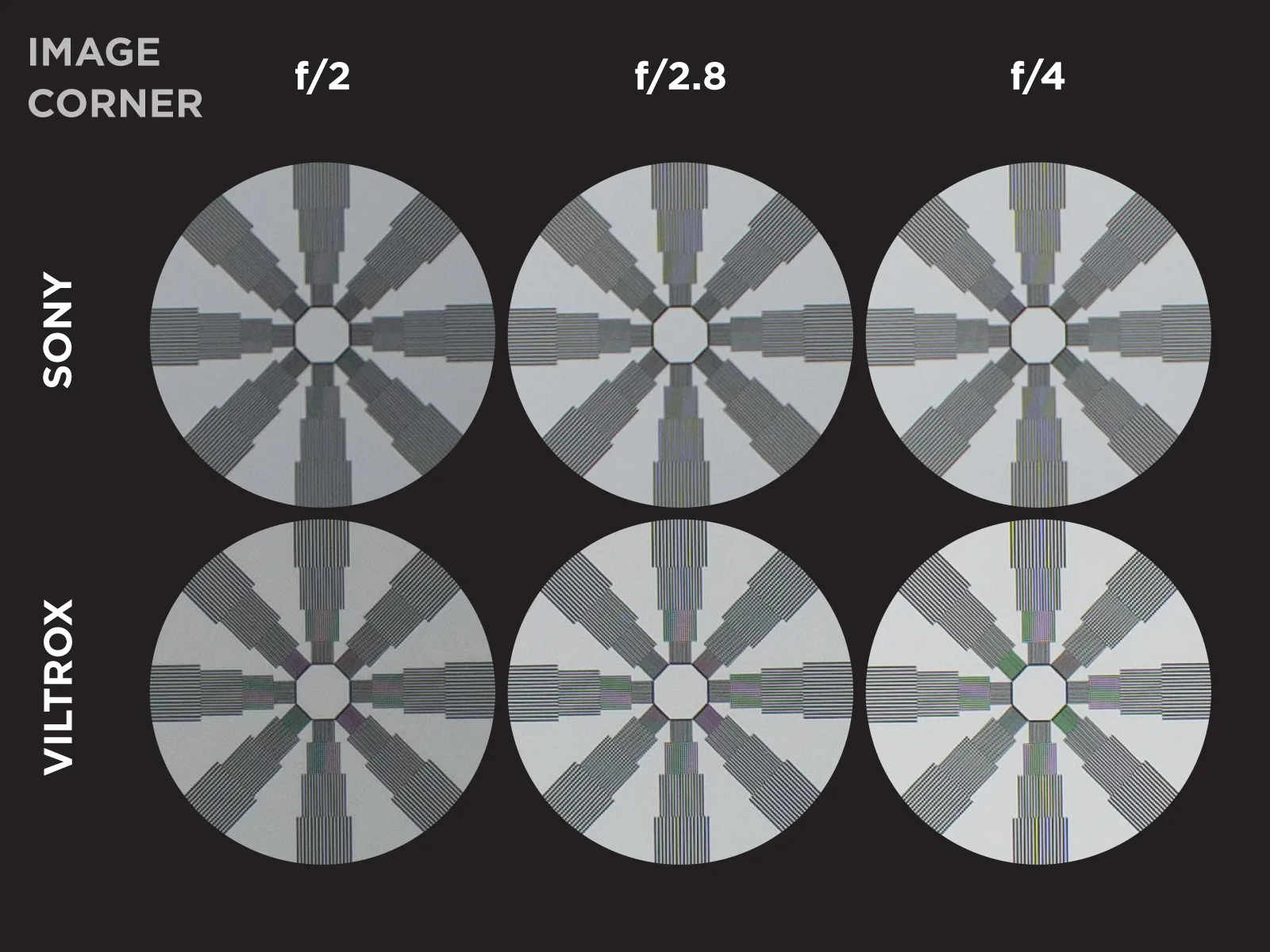 The Viltrox provides great contrast, resists flaring, has a minuscule amount of distortion, and has close to no chromatic aberrations. These same things can also be said about the GM lens. Both are excellent optical instruments.
The Viltrox provides great contrast, resists flaring, has a minuscule amount of distortion, and has close to no chromatic aberrations. These same things can also be said about the GM lens. Both are excellent optical instruments.
 Lastly, two more performance metrics are harder to evaluate objectively. That would be autofocus and bokeh—aka background blur. My autofocus experience with this lens is excellent. It may not be as confident as the GM, but that is hard to evaluate in numbers. To have a more detailed opinion, I would need to use two identical camera bodies simultaneously, which I do not have.
Lastly, two more performance metrics are harder to evaluate objectively. That would be autofocus and bokeh—aka background blur. My autofocus experience with this lens is excellent. It may not be as confident as the GM, but that is hard to evaluate in numbers. To have a more detailed opinion, I would need to use two identical camera bodies simultaneously, which I do not have.
 Whereas the bokeh is entirely subjective, as mentioned above, there are a few qualities that are generally desirable, such as general softness, no onion ringing, or soap bubble effects in the out-of-focus highlights. If I had to rate both lenses, I would say they are really close and generally good, with inoffensive background blur qualities.
Whereas the bokeh is entirely subjective, as mentioned above, there are a few qualities that are generally desirable, such as general softness, no onion ringing, or soap bubble effects in the out-of-focus highlights. If I had to rate both lenses, I would say they are really close and generally good, with inoffensive background blur qualities.
Budget Lenses for Photogrammetry?
Good image quality is a cornerstone of photogrammetry. If we provide the algorithm with quality data, it will give us quality 3D results—and raw optical image quality is a part of that. However, there is one thing that often dismisses the need to use expensive lenses for photogrammetry—the fact that we do not shoot wide open in most cases.
And if we do not shoot wide open, we do not care about image quality at wide apertures, often the only differentiating factor between competing lenses. With that in mind, you know where I am going with the Viltrox vs. Sony example.
If you are interested in photogrammetric scanning, there is no reason to get the Sony over the Viltrox. 50-millimeter prime lenses are quite useful for scanning small—to medium-size objects, and I would pick this affordable and light Viltrox in a heartbeat.
While this particular affordable Chinese lens is a true winner, the quality trend of easy-to-obtain lenses is clear. If the autofocus and base lens quality are good enough, which they often are nowadays, you will never need a premium lens for photogrammetry for your mirrorless camera. I was planning on doing a comparison 3D scan of an object, but what we would get would be two identical 3D models—or different results solely because of my own human inconsistencies.
Conclusion
I was expecting the Viltrox lens to be good, but not that good—so good that I would sell my GM. I do not shoot much in extreme weather conditions, so it is hard to justify having the GM over the much more affordable Viltrox AIR lens. If you want that environmental resistance, a stop of light, and all the physical features—the golden master is excellent. For me, the new nifty fifty takes the cake, providing professional optical results for a fraction of the price. I am glad Viltrox is making such competitive lenses—this is only good for the future of the dedicated camera market.

Photographer - Drone Pilot - Photogrammetrist. Years of experience in gathering data for photogrammetry projects, client support and consultations, software testing, and working with development and marketing teams. Feel free to contact me via Pixpro Discord or email (l.zmejevskis@pix-pro.com) if you have any questions about our blog.
Related Blog Posts
Our Related Posts
All of our tools and technologies are designed, modified and updated keeping your needs in mind

Photo Dynamic Range - Real Life Tests and Advice
Dynamic range is an inescapable term when talking about digital photo or video capture. Our human vision has an incredible ability to adapt, allowing us to perceive both very dark and very bright scenes. When a digital imaging sensor or even a chemical negative captures a scene frozen in time, it is

DJI Mini 4 Pro vs. DJI Mini 5 Pro – Worthy Upgrade?
When a new generation of a product is released, we compare it to the previous one to determine if it is a worthy upgrade and what the overall trajectory of the series looks like. DJI's Mini series of drones is the go-to product in its category – an undisputed first choice on the entire market.

DJI Mini 5 Pro Review – 250* Grams of Flying Tech
DJI Mini drones are by far the most successful product line DJI has ever made. The DJI Mini 5 Pro is the fifth generation, packing all of the latest tech while still (barely) maintaining the 250-gram weight limit, which keeps it in the less regulated C0 class. This means the drone is easily accessib
Ready to get started with your project?
You can choose from our three different plans or ask for a custom solution where you can process as many photos as you like!
Free 14-day trial. Cancel any time.
.svg@webp)
